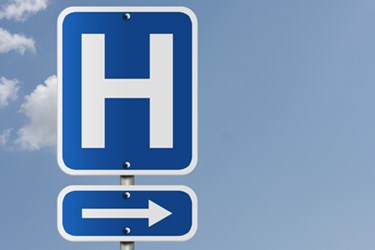Hospital HIE Improving

By Katie Wike, contributing writer

According to a recent report, overall communication and data exchange between hospitals has increased in the last year.
A report from the American Hospital Association and the Office of the National Coordinator for Health IT finds health information exchange has increased between hospitals, yet there are still significant barriers to its growth.
“ONC observes in the findings that hospitals engaging in more interoperable exchange activity end up have higher levels of information available to them from external data sources above the national average of 41 percent,” EHR Intelligence explained. “The findings include three types of barriers to exchange health data — technical, operational, and financial — with most belonging to the first type.”
Fifty-nine percent cited the ability of exchange partners' EHR or other systems of exchange partners to receive data as a barrier. The capability of EHR systems themselves to receive data was cited by 58 percent. Difficulties associated with finding a provider's address was a factor for 45 percent.
“About four in 10 hospitals have data from outside sources at the point of care,” Vaishali Patel, a senior ONC advisor, told a meeting of the Health IT Policy Committee, according to Health Data Management.
Most hospitals reported health IT infrastructure necessary for data exchange. Over 75 percent of hospitals said they had a basic electronic health record system, up from 59.4 percent in 2013. Additionally, 96.9 percent of hospitals with basic EHR systems said they had certified EHR technology, up from 94 percent in 2013.
iHealth Beat notes that other key findings of the survey include:
- about 75 percent of hospitals were sending summary of care records electronically
- 56 percent of hospitals were receiving summary of care records electronically
- 40 percent of hospitals had the capability of using and integrating summaries of care into their EHRs without manual entry
